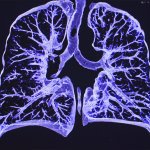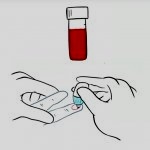
News • Immune cell monitoring
AI could predict risk of lung cancer recurrence
Computer scientists working with pathologists have trained an artificial intelligence (AI) tool to determine which patients with lung cancer have a higher risk of their disease coming back after treatment. The AI tool was able to differentiate between immune cells and cancer cells, enabling researchers to build a detailed picture of how lung cancers evolve in response to the immune system in…


























